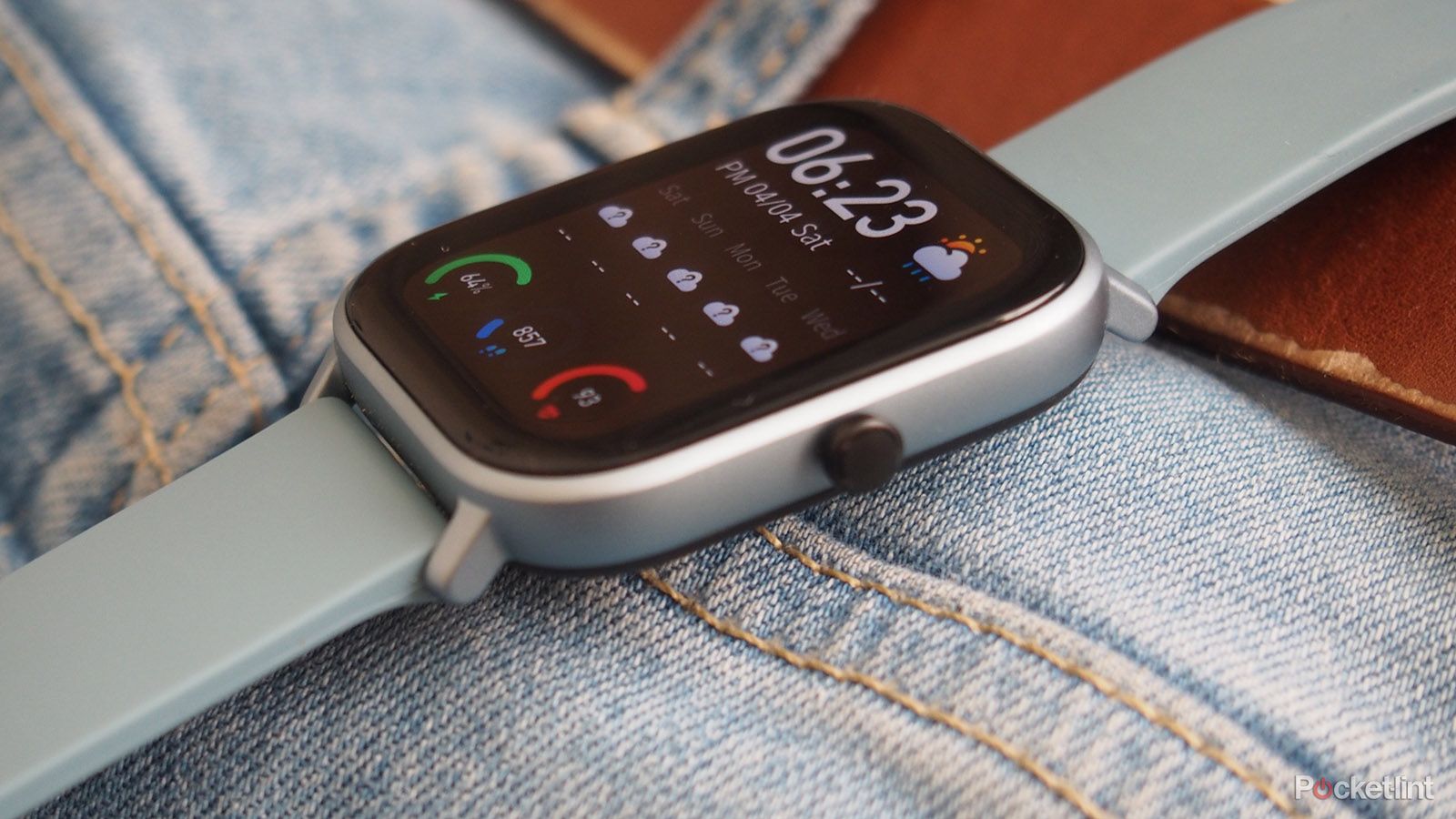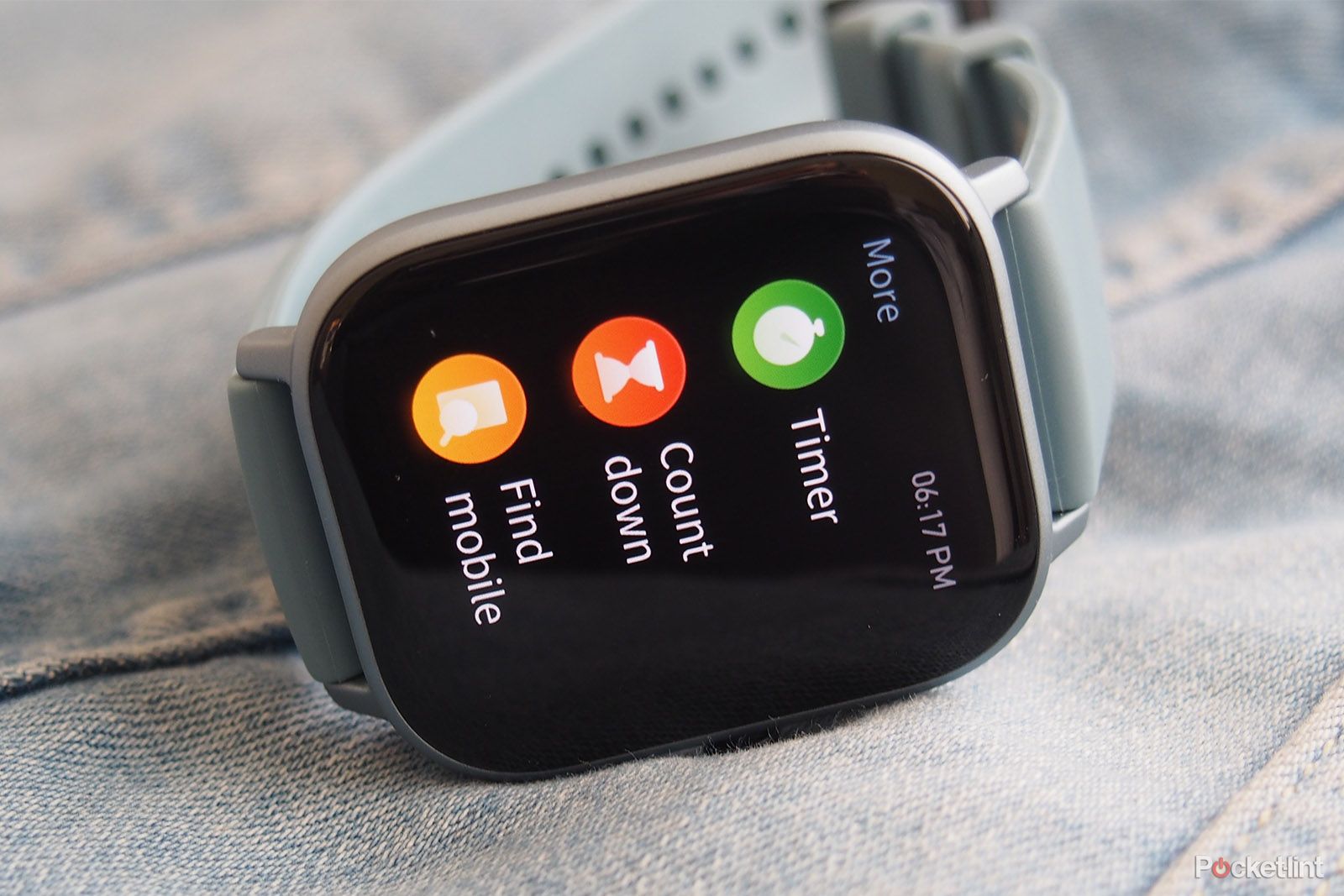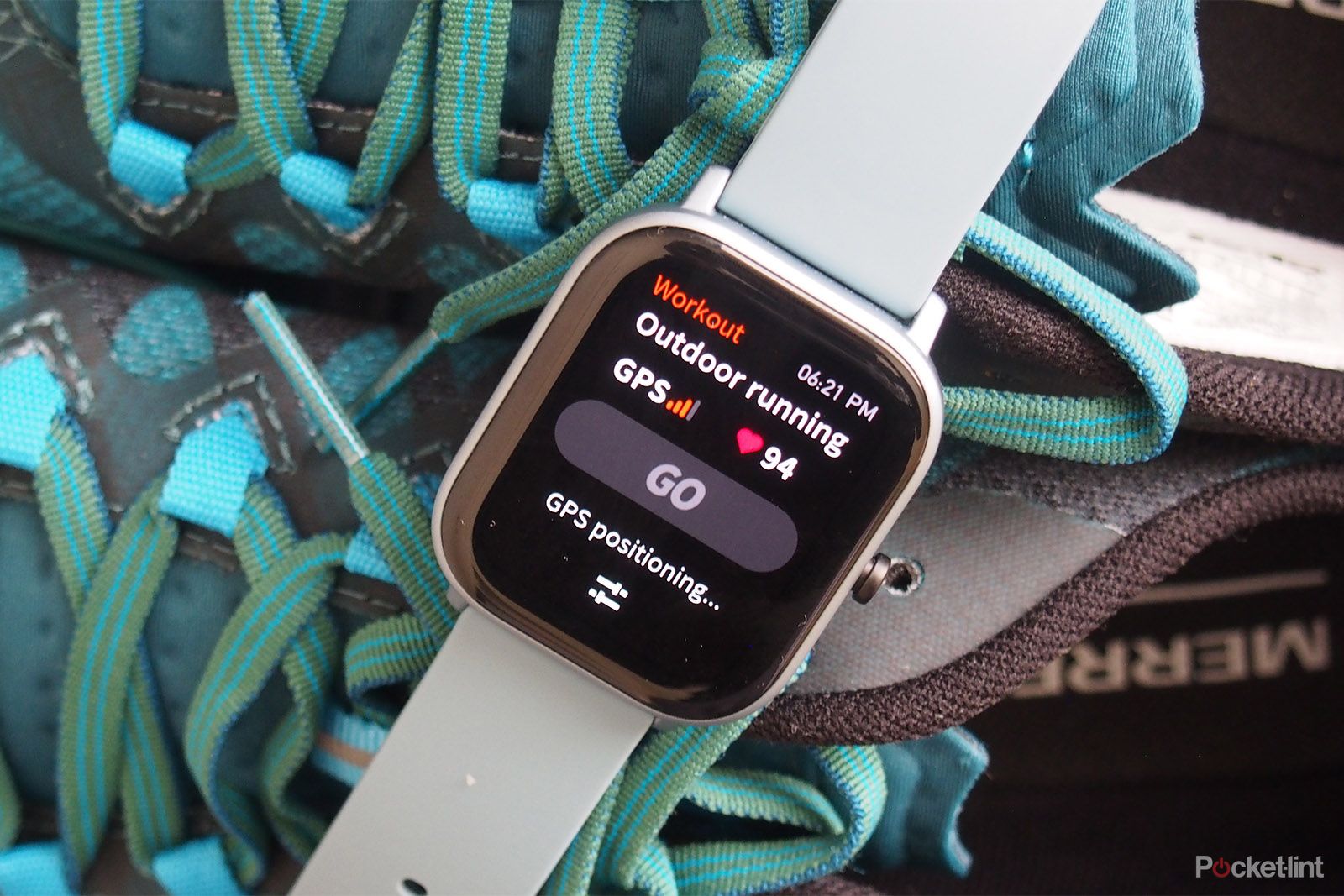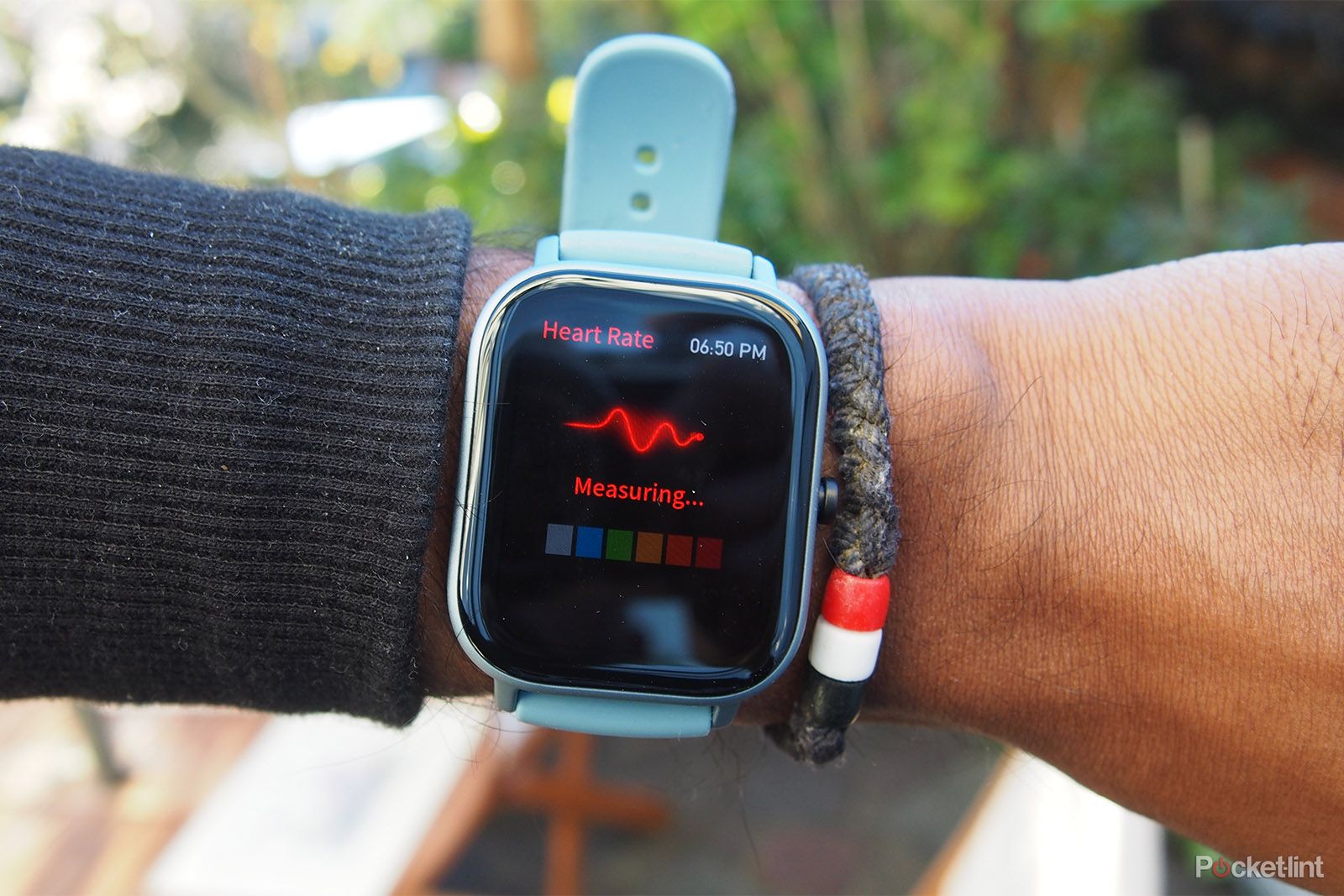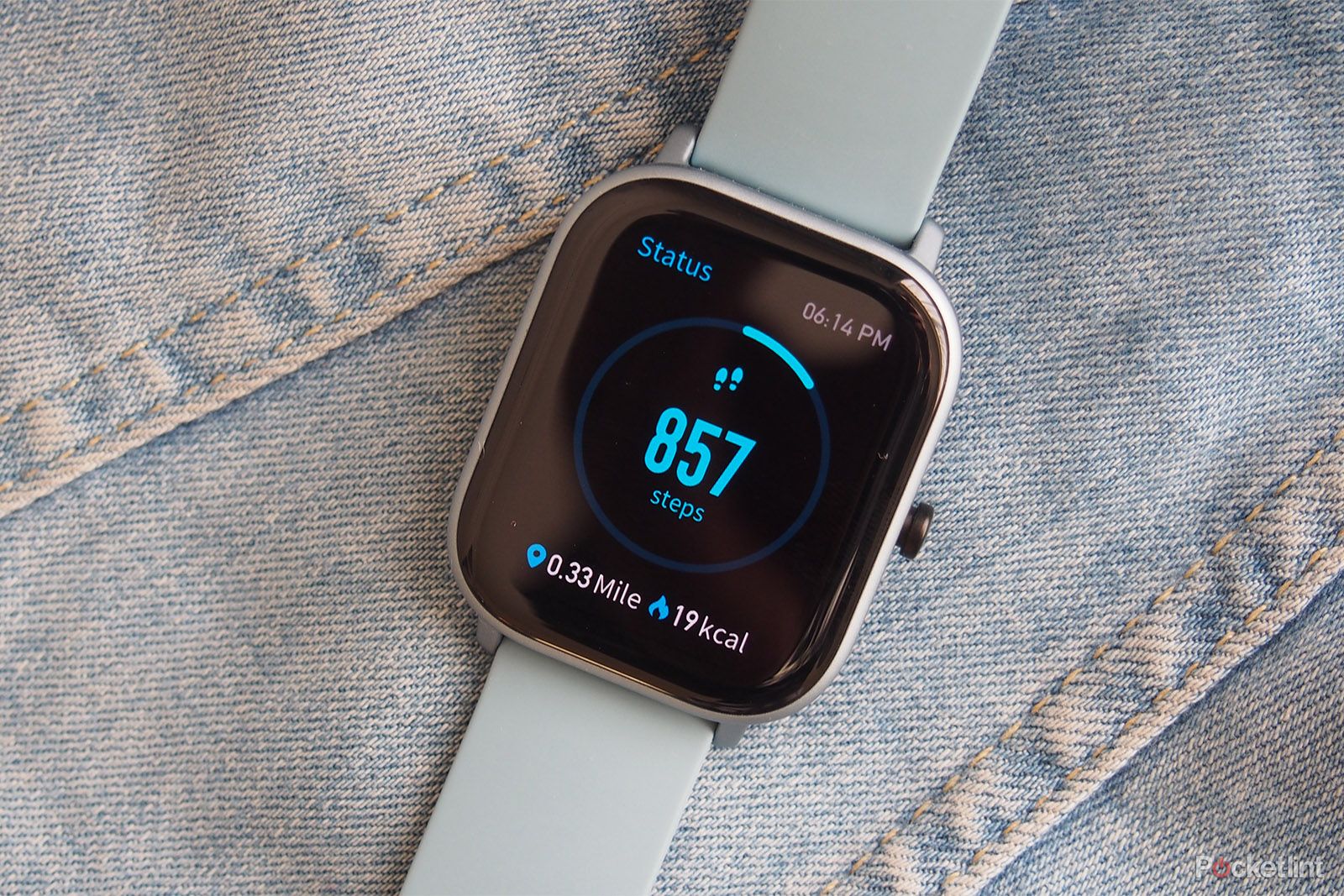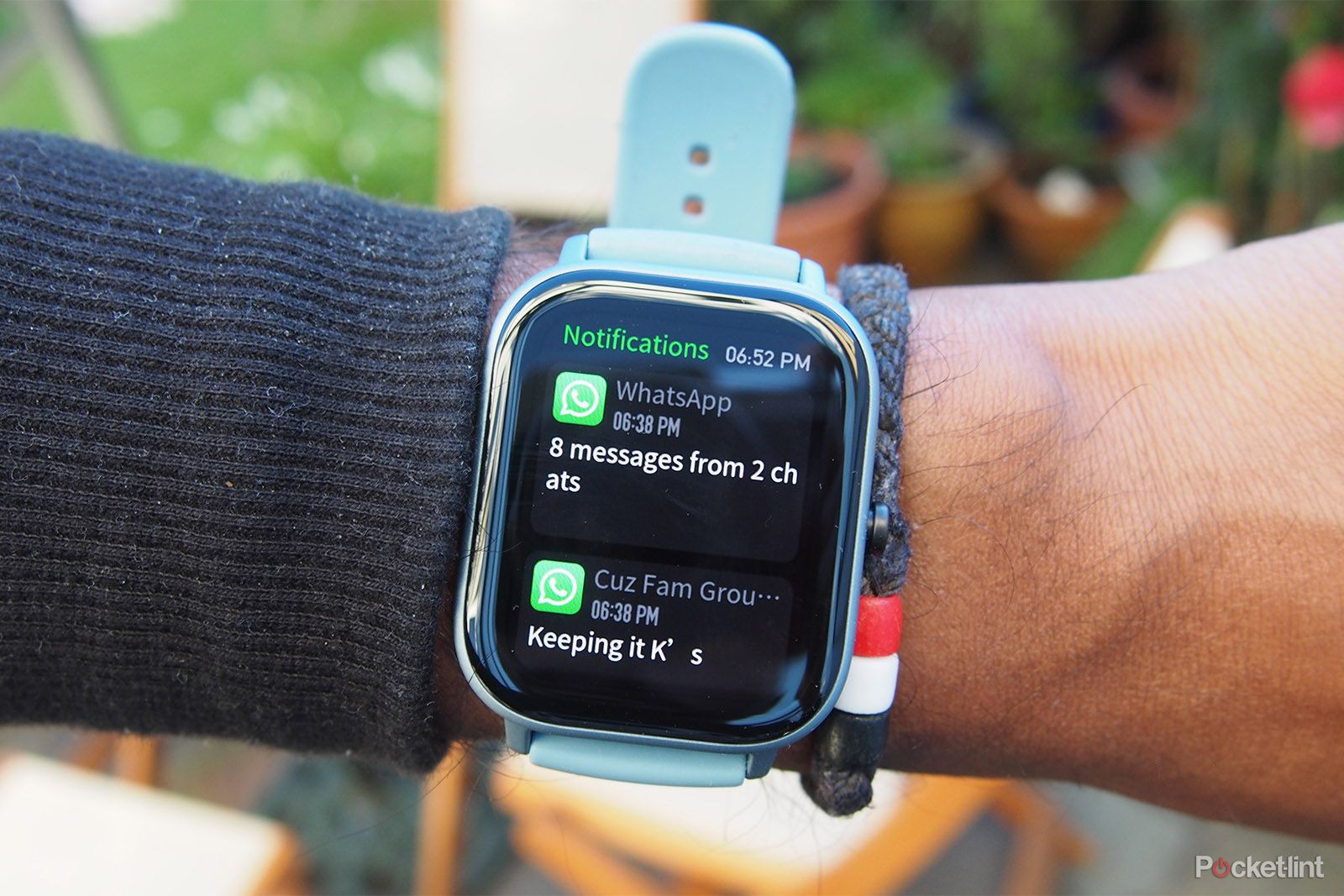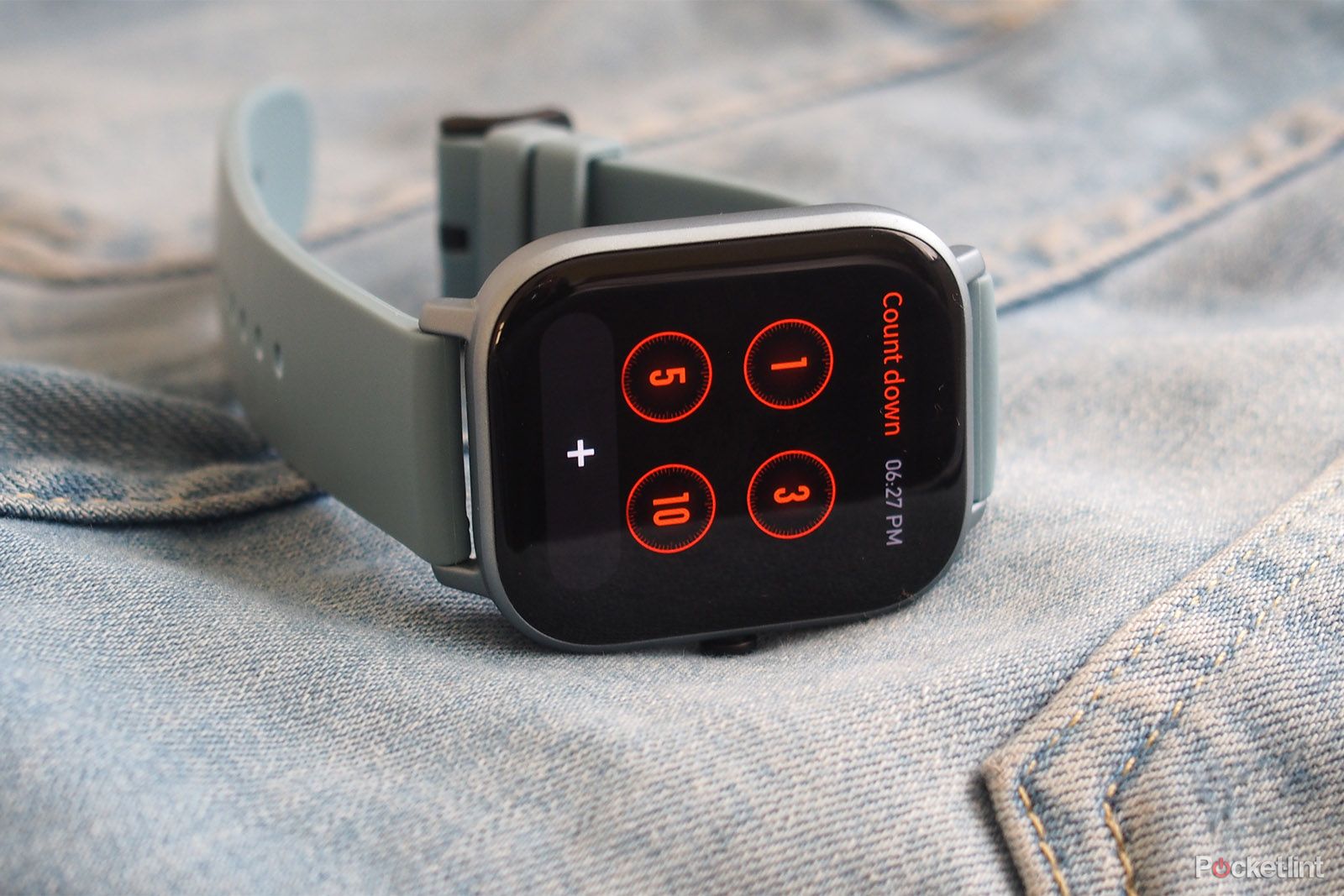Huami's Amazfit brand has been making wearables for a few years now, packing its smartwatches and sports watches with some pretty big features - all at really affordable prices.
That doesn't change with the Amazfit GTS: it's a fitness-focused smartwatch that, while not quite as cheap as the budgetastic Bip, is still relatively affordable.
Unlike other watches in the Amazfit collection, the GTS has a big focus on design, taking some clear design inspiration from a pretty well known smartwatch. But is there more to this budget option than its Apple Watch-like looks that make it worthy of a space on your wrist?
Our quick take
As a smartwatch, the GTS really does keep things to the basics. So if you care about reading notifications and not a lot else, it'll do the job, but it's not truly smart smart. You'd have to look elsewhere for features like contactless payment support, message replies, apps, and so forth.
Health and fitness tracking is where the GTS's strengths lie. There's a solid set of sports modes, data is reliable (though heart rate for workouts can be bit iffy at times), the battery life is great, and it also works with Strava (which is something runners and cyclists will care about).
The Amazfit GTS is proof that attractive budget smartwatches can and do exist. Even if this device clearly did take heavy inspiration a certain other company.
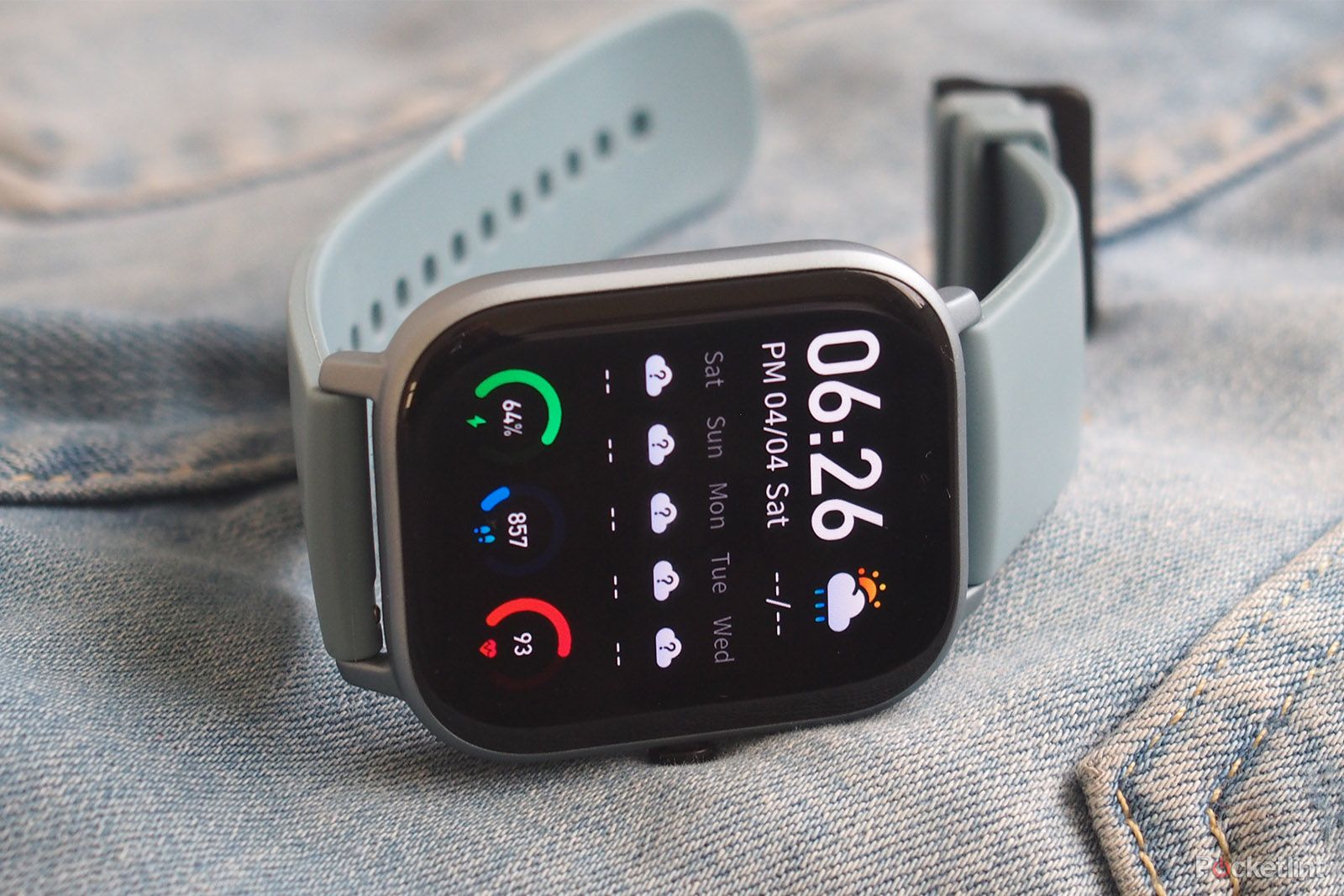
Amazfit GTS - 4.0 / 5
| FOR | AGAINST |
|---|---|
|
|
Amazfit GTS
Design & Display
- 1.65-inch AMOLED display , 348 x 442 resolution
- 9.4mm thick ; 24.8g weight
- Waterproof up to 50 metres
- 20mm interchangeable bands
There's no getting away from the fact the GTS looks like an Apple Watch. Not a surprise, given its rectangular case design. That's something the cheaper Bip also features, but the GTS delivers much nicer materials, giving the look and feel of something much more substantial.
The GTS features an aluminium case with plastic on the case back, which keeps things nice and lightweight. The watch also measures just 9.4mm thick, which does mean it's slimmer than the Apple Watch. It's been slapped with the same waterproof rating as Apple's smartwatch, too, making it safe for a shower and for a dip in the pool.
Keeping that light frame on your wrist is a 20mm watch strap that's interchangeable, thanks to a small pin mechanism that sits on either end of the strap. That comes in a variety of very pastel shades. The blue option we had to live with is pleasant enough, but more importantly was comfortable to wear all day, at night, and during exercise.
What's really surprising to see on a watch at this price is such a great quality display. It features a 1.65-inch AMOLED, with Corning's Gorilla Glass 3 offering some extra scratch protection. There's quite a sizable screen bezel, though the available watch faces do a great job of masking it. An always-on display mode means it can also behave just like a normal watch keeping the time always in view.
The GTS's screen quality might not be best in class, but it's still exceptionally impressive given the price. It's bright and sharp, colours are accurate, and it offers great viewing angles. It's another reason why people will glance at this device and mistake it for an Apple Watch.
In terms of other physical features there's a heart rate monitor around the back; and an all-plastic crown to that side, which can be pressed to wake up the screen. This crown can be twisted, too, although that functionality has not been utilised in any useful way. It's hard to get out of the habit of twisting hoping it can scroll through screens - but it cannot.
Software & Performance
- Customisable watch faces
- App compatible with Android and iOS
Huami uses its own operating system to deliver the software experience on the GTS, and there's also the Amazfit companion smartphone app. We had no issues pairing the watch with the app and it syncs data nice and quickly.
There's no details on the processor or the kind of RAM this device is packing. The lack of storage details is no big surprise when you find there aren't any features here to make use of it.
Performance-wise we can say from our experience that the watch software runs generally well. There is a tiny bit of lag when swiping through screens, but as far as launching modes and general use, the GTS runs without issue.
In terms of what you're getting in the way of a software experience on the watch, it's pretty straightforward. Up front are the watch faces, which out of the box includes two very Apple-like modular faces, which include customisable widgets for features like heart rate and weather forecasts. There are a sizable collection of additional watch faces that you can find inside of the companion app, but it's clear that the two modular ones preloaded are the best looking of the bunch.
From the watch face, you can swipe down for quick settings or up to see your menu. From here you access things like workout tracking, music control features, and setup alarms. Swipe left or right from the main watch screen and you'll find dedicated screens for heart rate measurements and fitness tracking data. That's pretty much your lot, which makes it a smartwatch that's very easy to get on with.
The Amazfit companion app is where you can tinker with watch settings and review fitness/health data and manually track workouts from the phone app. It's a pretty streamlined app in the sense it's broken into three main sections. Digging into data and settings feels a bit clunky though.
Sports & Fitness Tracking
- Built-in heart rate monitor and GPS
- Tracks open water swimming
While its exterior doesn't necessarily scream "I'm built for exercise", that soon changes when you find out what the GTS is capable of doing.
In terms of sensors, there's built-in GPS, which is a bit of a rarity to find on a smartwatch at this price point. That's joined by Huami's BioTracker heart rate monitor, which can be used for workouts and all-day monitoring. There's also accelerometer sensors to track indoor exercises along with geomagnetic and air pressure sensors to make it a better fit for tracking outdoors.
Amazfit has made that heart rate sensor tech suitable to help detect signs of atrial fibrillation, though that's based on gaining the appropriate regulatory approval in different countries to roll it out.
There's 12 sports modes in total, covering the usual suspects like running, cycling and treadmill running. But there's also some surprising inclusions usually found on pricier multisports watches like trail running, skiing and open water swimming.
The performance of those sensors are solid. You can pick up a GPS signal nice and quickly and mapping data matched up against a Garmin sports watch.
The heart rate monitor seems a little more suspect, though, particularly for exercise. Against a Polar H9 chest strap, the GTS posted some wildly high readings during very evenly tempoed running sessions. Post-workout, the app seems to smooth out those wild jumps in the graphs. We'd say it's significantly more reliable for on-the-spot measurements, but it clearly isn't quite fit for workouts.
That heart rate monitor also feeds into another health related feature called PAI (Personal Activity Intelligence). This comes from a partnership with a company called PAI Health - which used to go by the name Mio Global, and played a big part in putting heart rate monitors into wrist-worn devices.
Your PAI score is based on the amount of heart rate-based activity you achieve each day. It requires switching on continuous monitoring to get that score. While it's nice to have a more simplified way to understand your health and current state of fitness, it's based on the onboard heart rate monitor being accurate. As we found it wasn't necessarily always reliable, it does put a question mark over the usefulness of the feature.
If you care about steps and logging sleep you can do that here too. The GTS also nudges you with inactivity notifications to let you know when you've been sitting down for too long. Step counts were usually within 200-300 steps of a Garmin fitness tracker, which is a pretty decent showing.
For sleep tracking, the Amazfit did detect sleep and awake times. There was usually a one hour difference in the amount of sleep recorded, with the GTS tending to record an hour less of sleep when compared to Garmin's sleep monitoring. There was more consistency with sleep breakdown and there's some nice sleep quality analysis to offer some insight into your data.
Smartwatch Features
- View phone notifications
- Works with Android and iOS
It doesn't take too long from scrolling through the screens on the GTS to see that smartwatch features play second fiddle to its fitness ones.
There's support to show-off your phone notifications, check the weather, and control music playing on your phone. That's really about it. Payment support is only available on the GTS models available in China. There's no built-in music player, apps or cellular connectivity. Though considering the price, that's perhaps not a massive surprise.
Those smartwatch features that are included work okay, but aren't perfect. The music controls are well implemented. Once you've got your native music app or third-party one running on your phone, you're good to skip tracks. Though swiping up and down on volume during a workout is a little bit fiddly.
For notifications, you can see quite clearly where the notification is from thanks to the small icons displayed. If you have multiple notifications come through from the same app, they can pile up in a bunch and sometimes it can be difficult to expand to read through those unread notifications. You can't act on those notifications either, aside from deleting them.
Battery life
- 220mAh battery capacity
- Up to 14 days life per charge (46 days in watch mode )
Amazfit's watches have become renowned for delivering big battery life and that doesn't change with the GTS. There's a 220mAh battery squeezed into that slender frame that promises 14-day battery life. That's based on turning on continuous heart rate monitoring and using GPS to track three 30 minute workouts a week.
If you really want to push things further then the basic watch mode - which means disabling heart rate monitoring and Bluetooth among other features - gives you an impressive 46 days.
Based on our experience, the GTS can and does deliver on those battery life promises. Even when keeping that screen nice and bright, tracking heart rate 24/7 and putting that GPS to work, you can get a couple of weeks out of it.
A tracked workout doesn't dent the battery life in any really undesirable way. If you're happy to play around with what features are in regular use, you will more comfortably achieve that 14-day battery life.
When low on battery, the status notifications will pop up to let you know. There's no battery saving modes to keep things going here though. Once it's done, it's done. Charging is achieved via the small charging cradle that powers up the watch from zero to 100 per cent in around two hours.
Amazfit GTS
To recap
More fitness watch than smartwatch - despite its Apple Watch-aping look suggesting otherwise - the Amazfit is nice to live with and highly affordable.

